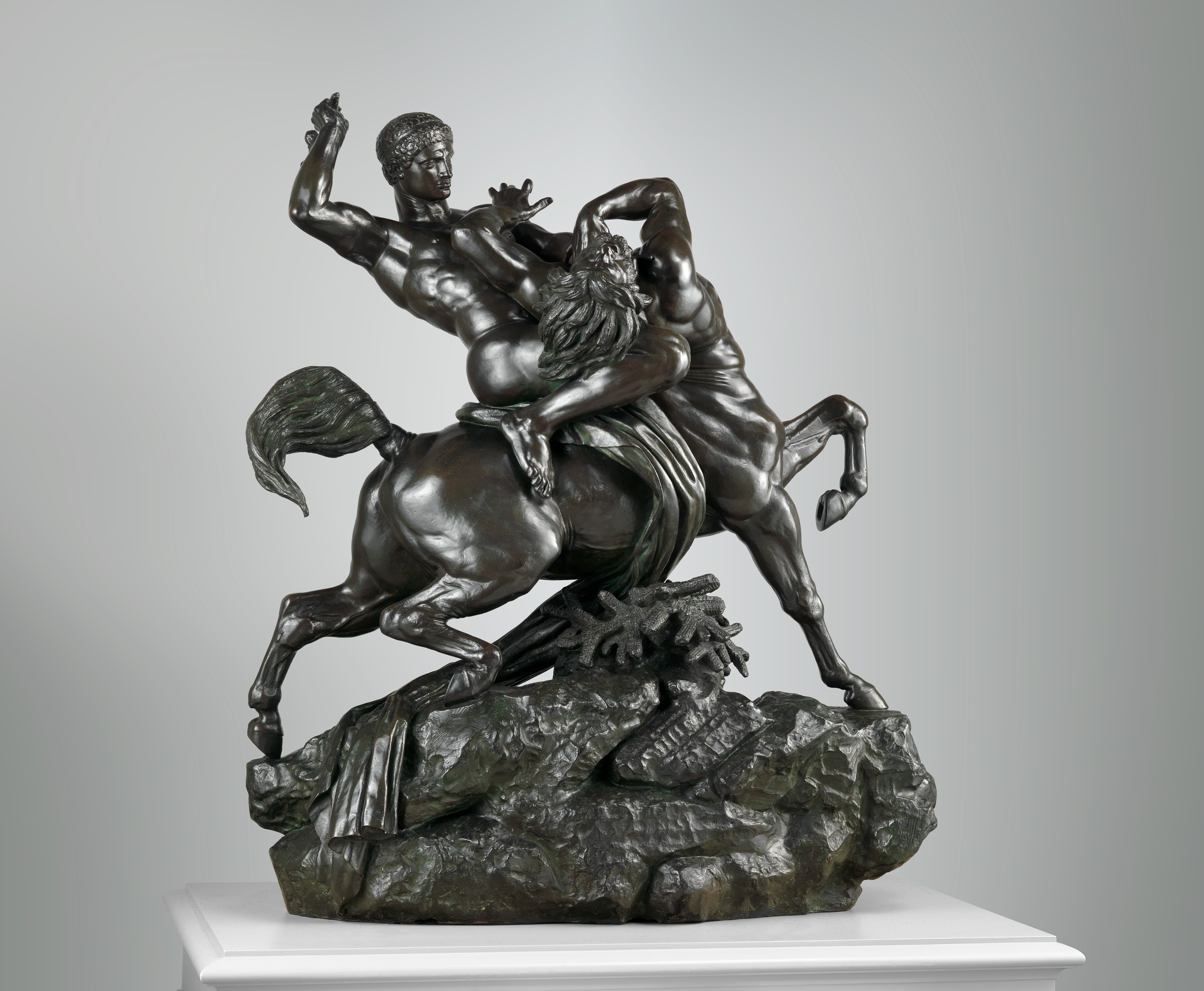
And because Mythic Time exists in a generalized time which is in a fundamentally out-of-step existence than our own. It is simultaneous and eternal, existing outside the boundaries of the linear time we reside in. What Sallustius describes is the concept of mythic time. THESEUS is a joint activity of Sciences Po Paris, the Jean Monnet Chair of the University of Cologne, the Trans European Policy Studies Association. And mind sees all things at once, but reason (or speech) expresses some first and others after” (Sallustius, IV). The eternity of myths is important in understanding the words of Sallustius, who writes of myths that “these things never happened, but always are. The mythic present assumes the events (for the most part) of the mythic past, and contains its own (rough) internal chronology. Theseus and the Minotaur Plot Diagram EXPOSITION CONFLICT RISING ACTION Theseus is born to Aethra and Poseidon/Aegeus. The labors of Hercules, for example, take place in the mythic present. Humans need to be created – have kingdoms and backstories of their own – and monsters must be born, so that they can populate hidden caves and swamps, and be woven into the stories of heroes. Gods need to be born, grow up, and assume their roles in the pantheon. In this painting, Ariadne laments her fate after the Greek hero Theseus abandoned her on. At some point (as the mythic distant past drifts into the mythic near past) events transpired that resulted in the creation of the universe and the world the mythic past refers to the things that had to happen to “set up” the world of the mythic present, which serves as the backdrop for the majority of the stories in a given mythology. What kind of ship is this ONE THESEUS (IMO: 9356701) is a Container Ship that was built in 2008 (14 years ago) and is sailing under the flag of Japan. Mythic time is a lot like grammar, in that it has as its jumping off point a generalized past, present, and future. Fairy tales take place in a perpetual “present” of their own, though from our perspective they exist in a magical, medieval past.

This is different from the uniquely modern and predominantly Judeo-Christian way we in the west usually conceptualize time and story – as something that has a clear beginning, middle and end, with “today” being set at a specific point along that line. I will conclude that this property is the individual essence that enables identification of single individual artefacts.

Mythic time refers to the idea that myths exist in a special, generalized time. The problem that you are having here is that you are trying to read mythology as if it happens according to our conventional concept of time, what you would be better doing is familiarising yourself with Mythic Time.


 0 kommentar(er)
0 kommentar(er)
